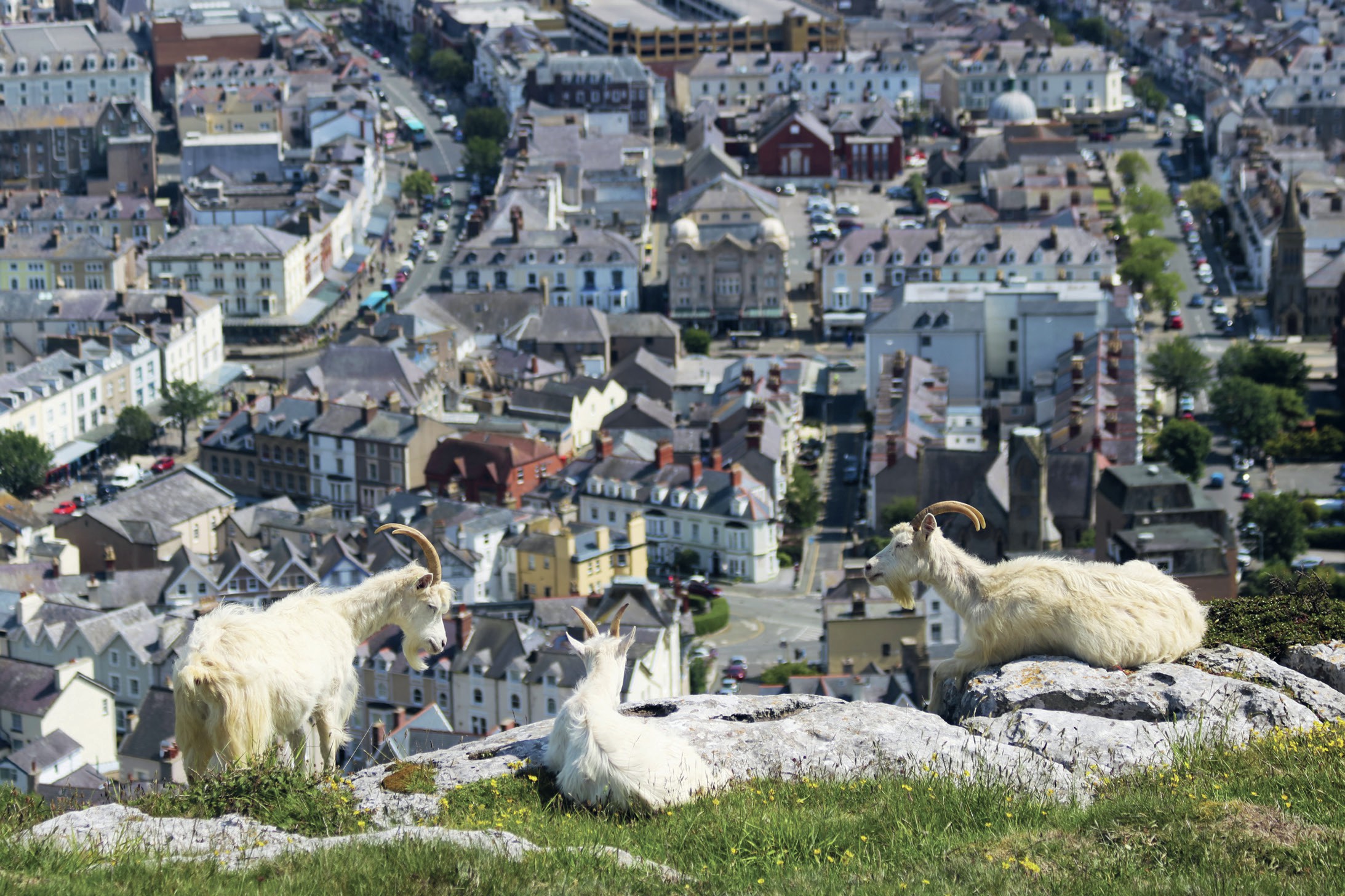
COVID-19 dominated our lives in 2020. During lockdowns, we barely travelled around our neighbourhoods, let alone explored the world. Flights were grounded, trains were cancelled, road traffic dwindled and air quality improved. All of these changes had effects on animals other than humans, but the effects of lockdown on wildlife are more complex than it might first appear.
Early in the COVID-19 crisis, as countries began to restrict activities, an interesting set of nature-related stories started to appear. Cropping up as ‘good news’ items among the terrible statistics, these reports were about animals thriving under lockdown. Photos of goats in North Wales ‘invading’ the town of Llandudno and of raccoons ‘taking over’ Central Park in New York City started to appear. Newspapers started running regular ‘Wildlife benefits from lockdown’ stories and the sense that COVID-19 was the natural world’s way of teaching us a lesson began to emerge.
Your organisation does not have access to this article.
Sign up today to give your students the edge they need to achieve their best grades with subject expertise
Subscribe




